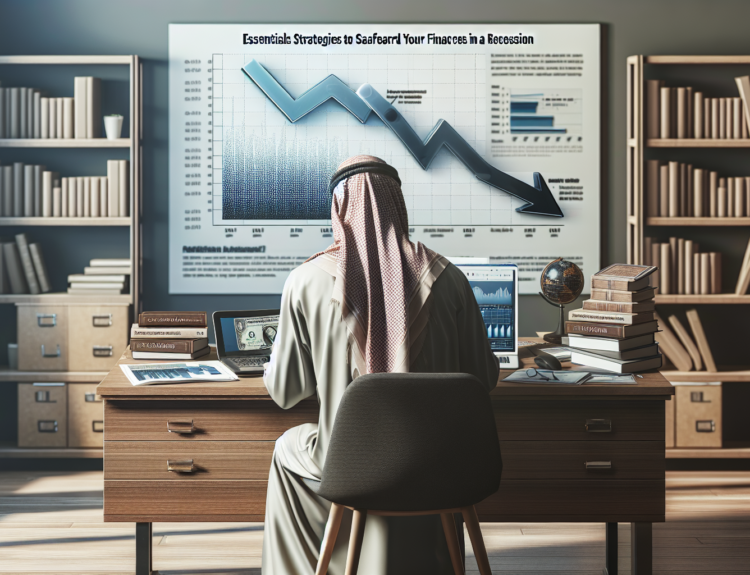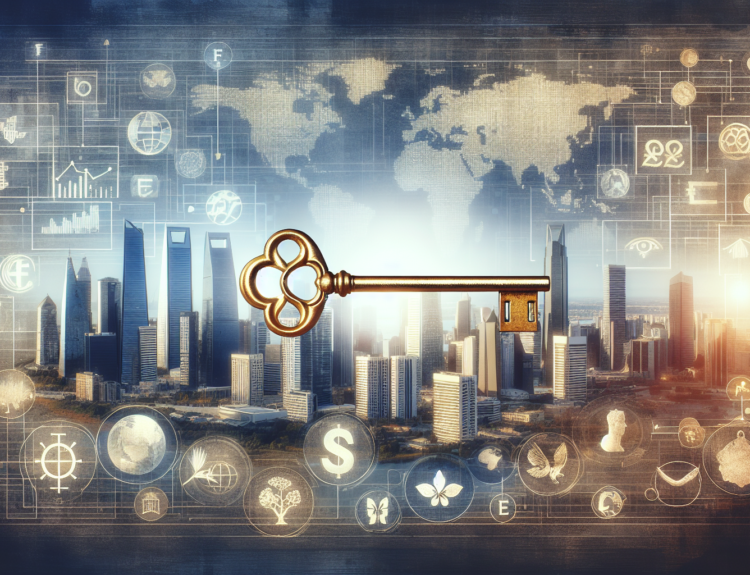Understanding Europe’s Economic Landscape: Trends, Challenges, and Opportunities
In recent years, Europe has faced a unique set of economic challenges, influenced by a myriad of factors from political shifts to global market dynamics. This comprehensive analysis delves deep into the current state of Europe’s economy, highlighting critical trends, challenges, and opportunities for growth.
Current State of the European Economy
As of 2023, Europe’s economy is showing signs of resilience amidst various uncertainties. According to a report from Eurostat, the European Union (EU) posted a GDP growth rate of approximately 3% in the last quarter, rebounding from the stagnation experienced during the pandemic. Countries like Germany and France are leading the charge, but the economic recovery remains uneven across member states.
Key Economic Indicators
- GDP Growth: The overall EU GDP growth is a positive sign, but member states vary significantly. For instance, reports indicate that Eastern European countries like Poland and Hungary recorded higher growth rates than Western counterparts.
- Unemployment Rates: The average unemployment rate across the EU is approximately 6.2%, a decrease compared to previous years. However, nations like Spain and Italy still struggle with higher rates that hover around 13% and 10%, respectively.
- Inflation Trends: The inflation rate has shifted significantly, recently recorded at 5.4%—a concerning indicator, driven mainly by energy prices and supply chain disruptions. The European Central Bank (ECB) is now faced with the challenge of addressing inflation while fostering economic growth.
Challenges Facing the European Economy
While there are positive developments, several challenges loom large over Europe’s economic landscape:
1. Energy Dependency and Sustainability
Europe’s dependence on imported energy sources, especially natural gas from Russia, poses significant risks. With ongoing geopolitical tensions, notably the Russia-Ukraine conflict, the EU is urgently searching for alternative energy sources and investing in renewable energy projects. A report by the International Energy Agency (IEA) suggests the potential to decrease reliance on fossil fuels could lead to a more stable economic future.
2. Digital Transformation
The digital divide remains a critical issue, with some countries lagging in technology adoption. According to the European Commission, investment in digital infrastructure is vital for competitiveness and innovation. Countries like Estonia have embraced digital services, presenting a model for others to follow.
3. Aging Population
Europe faces demographic challenges with its aging population, resulting in a shrinking workforce and increased pressure on social systems. As per the UN, by 2050, it’s estimated that over 30% of Europe’s population will be over the age of 65. This situation demands comprehensive policies that not only encourage workforce participation but also attract younger talent internationally.
Opportunities for Growth
Amid these challenges, Europe still presents significant opportunities, particularly in key sectors:
1. Green Technology
Pioneering efforts in green technologies align with global sustainability goals. The EU’s Green Deal is a groundbreaking initiative aimed at making Europe the first climate-neutral continent by 2050. Investment in green technologies and renewable energy infrastructure not only aids in environmental goals but also creates jobs and stimulates economic growth.
2. Innovation and Startups
The startup ecosystem in Europe is flourishing, particularly in tech hubs such as Berlin, London, and Amsterdam. A report from Atomico reveals that European tech startups raised a record €95 billion in 2021, marking a significant upward trend. The challenge lies in creating an environment that promotes innovation across all member states.
3. Trade Relations
Strengthening trade ties with both traditional partners and emerging markets can boost Europe’s economic resilience. The EU’s trade agreements with countries like Canada and Japan demonstrate the potential benefits of robust trade relationships. Furthermore, exploring opportunities in Africa and Asia presents a growing market for European goods.
Conclusion
Europe’s economic landscape in 2023 is characterized by resilience in recovery, challenges stemming from geopolitical issues, and demographic changes. By focusing on sustainability, innovation, and strategic trade relationships, Europe has the potential to not only navigate these challenges but also thrive in the global economy. Investors, policymakers, and entrepreneurs must work collaboratively to capitalize on these opportunities, ensuring a prosperous future for Europe.
Tags: Europe, Economic Analysis, GDP Growth, Inflation, Sustainability
Category: Economics, Finance, Global Markets
Call to Action: Explore how you can invest in Europe’s emerging markets and stay updated with the latest economic trends. Subscribe for more insights!



